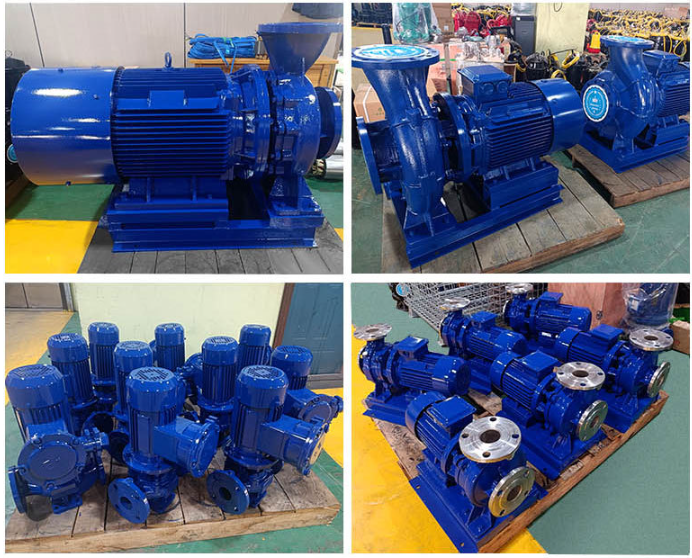Uighur
- Afrikaans
- Albanian
- Amharic
- Arabic
- Armenian
- Azerbaijani
- Basque
- Belarusian
- Bengali
- Bosnian
- Bulgarian
- Catalan
- Cebuano
- Corsican
- Croatian
- Czech
- Danish
- Dutch
- English
- Esperanto
- Estonian
- Finnish
- French
- Frisian
- Galician
- Georgian
- German
- Greek
- Gujarati
- Haitian Creole
- hausa
- hawaiian
- Hebrew
- Hindi
- Miao
- Hungarian
- Icelandic
- igbo
- Indonesian
- irish
- Italian
- Japanese
- Javanese
- Kannada
- kazakh
- Khmer
- Rwandese
- Korean
- Kurdish
- Kyrgyz
- Lao
- Latin
- Latvian
- Lithuanian
- Luxembourgish
- Macedonian
- Malgashi
- Malay
- Malayalam
- Maltese
- Maori
- Marathi
- Mongolian
- Myanmar
- Nepali
- Norwegian
- Norwegian
- Occitan
- Pashto
- Persian
- Polish
- Portuguese
- Punjabi
- Romanian
- Russian
- Samoan
- Scottish Gaelic
- Serbian
- Sesotho
- Shona
- Sindhi
- Sinhala
- Slovak
- Slovenian
- Somali
- Spanish
- Sundanese
- Swahili
- Swedish
- Tagalog
- Tajik
- Tamil
- Tatar
- Telugu
- Thai
- Turkish
- Turkmen
- Ukrainian
- Urdu
- Uighur
- Uzbek
- Vietnamese
- Welsh
- Bantu
- Yiddish
- Yoruba
- Zulu
Telephone: +86 13120555503
Email: frank@cypump.com
سېنتەبىر . 25, 2024 14:42 Back to list
sewer ejector pit
Understanding Sewer Ejector Pits Essential Components for Wastewater Management
Sewer ejector pits play a critical role in modern wastewater management systems, particularly in residential and commercial buildings that are situated below the main sewer line. These specialized systems are designed to facilitate the efficient movement of wastewater from lower elevations to the sewer main, ensuring that waste is properly processed and treated. In this article, we will delve into the functionality, components, and importance of sewer ejector pits.
What is a Sewer Ejector Pit?
A sewer ejector pit, also commonly known as a sewage ejector pump pit or sewage basin, is a submersible assembly installed underground to collect and pump wastewater. This is especially necessary for properties located in areas where the sewer line is at a higher elevation than the basement or lower-level plumbing fixtures. Without an ejector pit, gravity would not be sufficient to remove wastewater, leading to potential backups and sanitation issues.
How Does It Work?
The primary function of a sewer ejector pit is to collect wastewater from fixtures such as sinks, showers, toilets, and washing machines. The process starts when wastewater flows into the ejector pit, which acts as a holding chamber. Once the wastewater in the pit reaches a predetermined level, a float switch activates the ejector pump.
The pump then ejects the sewage through a discharge pipe that leads to the sewer line. Typical discharge heights can reach up to 20 feet or more, allowing the system to overcome gravity and effectively transport waste to the main sewer. This pumping process continues as long as there is wastewater in the pit, ensuring that the system is continuously operational.
Components of a Sewer Ejector Pit
A typical sewer ejector pit is composed of several key components
1. Pit or Basin This is the large container that holds the accumulated wastewater before it is pumped out. Made from durable materials like polyethylene or fiberglass, the pit is designed to withstand the harsh conditions of wastewater.
sewer ejector pit

2. Ejector Pump The heart of the system, this pump is responsible for ejecting the wastewater from the pit. Ejector pumps are typically submersible and are built to handle solids and larger particles that may be present in sewage.
3. Float Switch This device detects the water level in the pit and activates the pump when the wastewater reaches a certain level. It is crucial for the automatic operation of the ejector pit, preventing overflows and backups.
4. Discharge Pipe This pipe carries the pumped wastewater from the ejector pit to the main sewer line. It must be properly sized and installed to handle the flow rate and prevent clogs.
5. Vent System Proper ventilation is essential to reduce gas buildup within the pit and to ensure the efficient operation of the system.
Importance of Sewer Ejector Pits
The importance of sewer ejector pits cannot be overstated. They are vital for preventing sewage backups and ensuring proper sanitation, particularly in basements and lower-level living areas. A malfunctioning ejector pit can lead to hazardous conditions, including flooding and contamination of living spaces.
Additionally, ejector pits contribute to the overall sustainability of wastewater management systems, facilitating the proactive treatment of sewage and minimizing environmental impact. By efficiently transferring sewage away from buildings, they help protect public health and preserve water resources.
Conclusion
In summary, sewer ejector pits are essential components of modern plumbing systems, especially for properties located below the main sewer line. Understanding how these systems work and their importance can help homeowners and building managers ensure proper maintenance and operation, ultimately leading to a healthier environment and efficient wastewater management. As infrastructure continues to evolve, the significance of sewer ejector pits will remain a key aspect of effective sanitation solutions.
-
Heavy-Duty Mining Sludge Pumps - Wear-Resistant Slurry Handling
NewsAug.02,2025
-
Horizontal Split Case Pump with GPT-4 Turbo | High Efficiency
NewsAug.01,2025
-
ISG Series Pipeline Pump - Chi Yuan Pumps | High Efficiency, Durable Design
NewsAug.01,2025
-
Advanced Flue Gas Desulfurization Pump with GPT-4 Turbo | Durable & Efficient
NewsJul.31,2025
-
ISG Series Vertical Pipeline Pump - Chi Yuan Pumps | Advanced Hydraulic Design&Durable Construction
NewsJul.31,2025
-
ISG Series Vertical Pipeline Pump - Chi Yuan Pumps | Energy Efficient & Low Noise
NewsJul.31,2025










